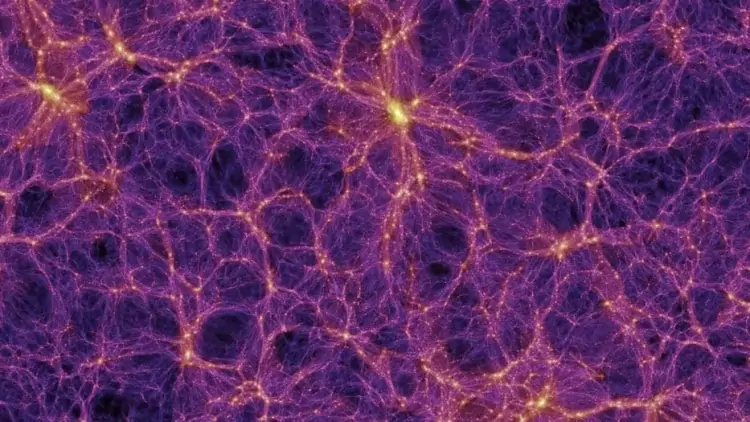James Webb telescope detects the earliest ever series of 'cosmic networks'

The stars above may appear evenly scattered down and up on a clear night. But that’s not the case—all the stars are part of a huge cosmic network that connects galaxies in the universe like a spider thread, leaving out sometimes incomprehensibly large fields of nothingness. Now, in two papers published on June 29 in The Astrophysical Journal Letters, scientists detail evidence that this huge cosmic highway stretches almost to the dawn of the universe.
Using data from the James Webb Space Telescope, astronomers have discovered a giant, gas-shaped thread consisting of 10 galaxies close to each other, stretching over 3 million light-years. According to researchers, this ancient gas and star filament may represent the oldest known thread of the cosmic net.
"It surprised me how long and how narrow this filament is," Xiaohui Fan, a member of the astronomy and research team at the University of Arizona, said. "I was expecting to find something, but I wasn't expecting such a long, distinctly thin structure.”
The newly discovered filament was formed while the universe was young—only 830 million years after the Big Bang. An extremely bright celestial object with a supermassive black hole, known as a quasar, irons it at its center.
This bright black hole is why scientists first discovered tendrilium. Fan and his team are working as part of the ASPIRE project, which aims to study how the earliest black holes affect galactic evolution. The project targeted 25 early universe quasars, including the one we identified here.
"This is one of the oldest ipsos structures that people have found associated with a distant quasar," said Feige Wang, an astrophysicist at the University of Arizona and the programme's chief researcher.
The researchers assume that black holes help form the cosmic network by acting like gravitational wells to bring matter together and sometimes by throwing them away on “cosmic winds” that scatter around highly active quasars. Even if the winds drag them all over the universe, gravity keeps these star and dust threads connected.
Researchers think that this filament will eventually turn into a cluster of galaxies similar to the Coma cluster, which is about 330 million light years away from Earth.







